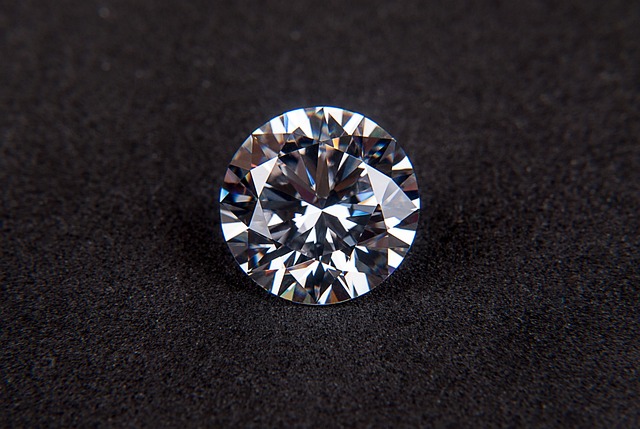Sapphire and diamond are both precious gemstones, but they differ in composition: sapphire is a type of corundum, while diamond is made of carbon.
TL;DR Sapphires Vs. Diamond
Sapphires, with their vibrant colors ranging from deep blue to stunning yellows and pinks, offer a wide variety of options for those seeking a pop of color in their jewelry. Their affordability compared to diamonds makes them an attractive choice for many buyers.
Diamonds have long been considered the epitome of luxury and elegance. Their unparalleled sparkle and timeless appeal make them highly sought after as engagement rings or centerpieces in high-end jewelry designs.
Sapphire

Sapphires are precious gemstones known for their stunning blue color, though they can occur in various hues, except red (which is classified as a ruby).
They are a variety of the mineral corundum, consisting of aluminum oxide with trace elements responsible for their vibrant colors.
Sapphires have been prized for their beauty and durability for centuries and are commonly used in jewelry, particularly in engagement rings.
Besides their aesthetic appeal, sapphires hold cultural and historical significance, symbolizing loyalty, wisdom, and nobility. Their hardness and resistance to scratching make them a practical choice for jewelry that can be worn daily.
Diamond

Diamonds are precious gemstones composed of carbon atoms arranged in a crystal lattice structure, resulting in their exceptional hardness and brilliance.
They are formed deep within the Earth’s mantle under high pressure and temperature conditions and brought to the surface through volcanic eruptions.
Diamonds are known for their transparency and ability to disperse light into a dazzling display of colors. They are widely prized for use in jewelry, especially engagement rings, due to their rarity and enduring symbolism of love and commitment.
Diamonds have also found industrial applications in cutting, grinding, and drilling due to their hardness, making them a valuable resource.
Sapphires Vs. Diamond – Key differences
| Aspect | Sapphires | Diamonds |
|---|---|---|
| Composition | A variety of the mineral corundum, primarily consisting of aluminum oxide (Al2O3) with trace elements. | Composed of carbon atoms arranged in a crystal lattice structure. |
| Colors | Can occur in various colors, with blue being the most famous, but also found in pink, yellow, green, and more. | Typically colorless, but can also come in various colors, including fancy colored diamonds like yellow, pink, blue, and more. |
| Hardness | Hardness of 9 on the Mohs scale, making them one of the hardest gemstones, suitable for daily wear. | Hardest substance known, with a rating of 10 on the Mohs scale, making them highly durable and resistant to scratches. |
| Brilliance | Excellent brilliance and sparkle due to their high refractive index. | Exceptional brilliance and fire, with unmatched sparkle due to their ability to disperse light into spectral colors. |
| Rarity | Relatively common compared to diamonds, but certain colors and qualities can still be rare and valuable. | Generally rarer and more valuable than sapphires, with factors like size, color, and clarity significantly affecting value. |
| Symbolism | Symbolizes wisdom, nobility, and loyalty, and is often associated with romance and engagement rings. | Symbolizes love, purity, and eternity, making them a popular choice for engagement rings and special occasions. |
| Industrial Use | Limited industrial use; primarily valued for their beauty and use in jewelry. | Commonly used in industrial applications like cutting, grinding, and drilling due to their extreme hardness. |
| Price Range | Varies widely depending on factors like color, clarity, size, and origin. Can range from affordable to very expensive. | Prices can also vary greatly based on the 4 Cs (carat weight, cut, color, and clarity) and can reach exceptionally high values. |
| Famous Examples | The Hope Sapphire, Star of India, and Princess Diana's sapphire engagement ring. | The Koh-i-Noor, the Cullinan, the Hope Diamond, and numerous famous engagement rings. |
Image Credits
Featured Image By – zombie cygig from Pixabay
Image 1 By – John Vossen from Pixabay
Image 2 By – PublicDomainPictures from Pixabay








